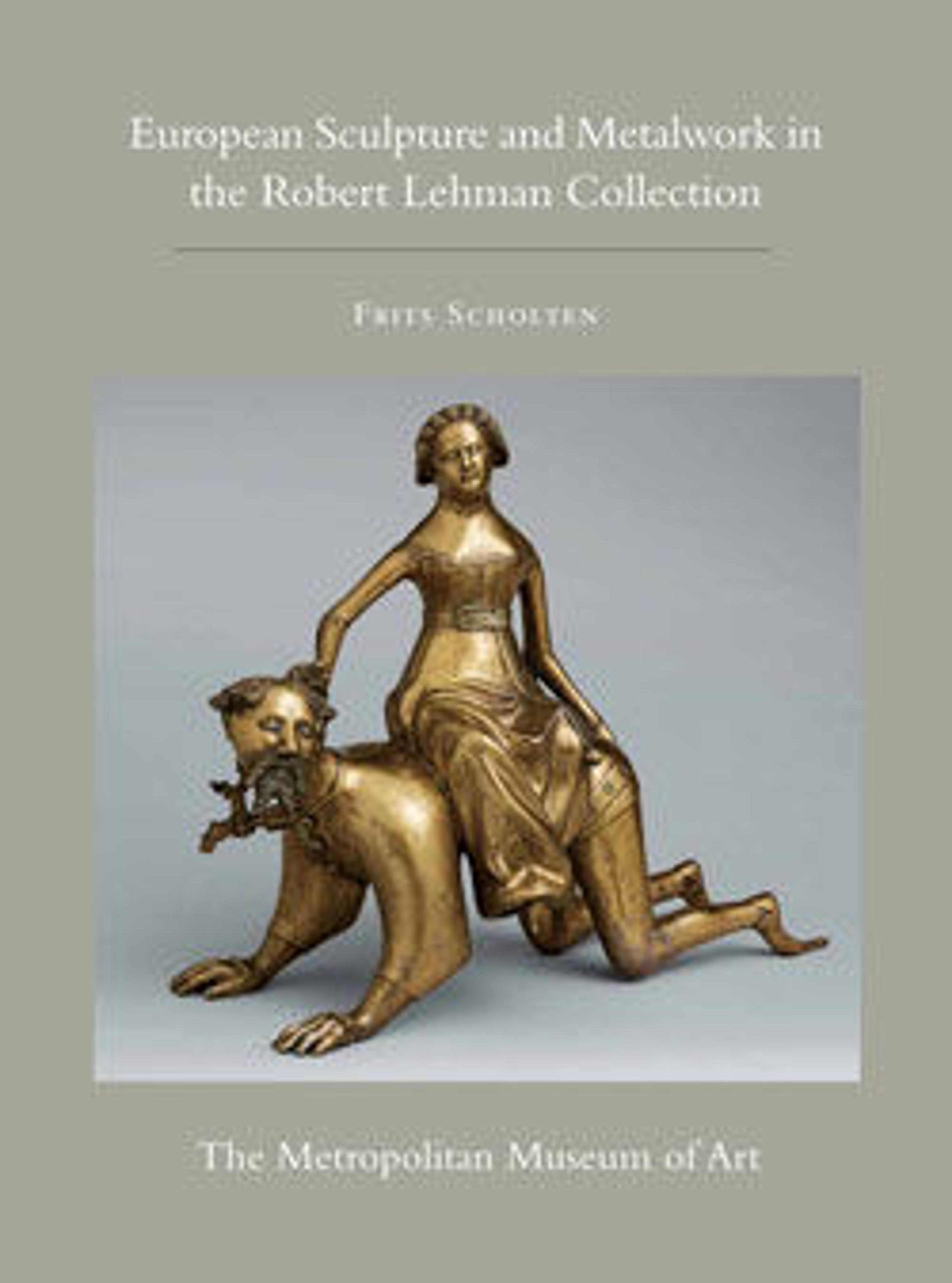Portrait medal of Niccolò Piccinino (obverse); A Griffin (reverse)
Active in Verona and the Italian courts, the celebrated master Pisanello left behind a significant legacy, including a large corpus of drawings and several paintings. He was also the inventor of the commemorative portrait medal. Inspired by Roman coins, with their portraits of rulers and allegorical representations on the reverse, the medals commemorated individuals or events and functioned as gifts and mementoes.
Niccolò Piccinino, his surname meaning the "tiny one," was one of the most accomplished condottieri (professional soldiers) in fifteenth-century Italy. He worked primarily for the Duke of Milan, Filippo Maria Visconti, who eventually adopted him, hence the addition of the name VICECOMES (Visconti) on the medal. The portrait is based on a drawing in the Louvre, the only difference being that the subject is wearing armor in the medal and civilian garb in the drawing.
The medal’s reverse portrays a griffin, the symbol of Perugia, the city in central Italy where Piccinino was born. In a masterful conceit of the artist, the griffin replaces the iconic she-wolf of Rome, suckling not Romulus and Remus, as offspring of the city, but two condottieri: Piccinino and his mentor, Braccio da Montone.
Niccolò Piccinino, his surname meaning the "tiny one," was one of the most accomplished condottieri (professional soldiers) in fifteenth-century Italy. He worked primarily for the Duke of Milan, Filippo Maria Visconti, who eventually adopted him, hence the addition of the name VICECOMES (Visconti) on the medal. The portrait is based on a drawing in the Louvre, the only difference being that the subject is wearing armor in the medal and civilian garb in the drawing.
The medal’s reverse portrays a griffin, the symbol of Perugia, the city in central Italy where Piccinino was born. In a masterful conceit of the artist, the griffin replaces the iconic she-wolf of Rome, suckling not Romulus and Remus, as offspring of the city, but two condottieri: Piccinino and his mentor, Braccio da Montone.
Artwork Details
- Title:Portrait medal of Niccolò Piccinino (obverse); A Griffin (reverse)
- Artist:Pisanello (Antonio Pisano) (Italian, Pisa or Verona by 1395–1455)
- Date:model 1440–41 (possibly cast 16th century)
- Medium:Bronze (copper alloy with reddish brown patina and traces of dark wax)
- Dimensions:Diam. 8.7 cm, wt. 255.97 g.
- Classification:Medals
- Credit Line:Robert Lehman Collection, 1975
- Object Number:1975.1.1304
- Curatorial Department: The Robert Lehman Collection
More Artwork
Research Resources
The Met provides unparalleled resources for research and welcomes an international community of students and scholars. The Met's Open Access API is where creators and researchers can connect to the The Met collection. Open Access data and public domain images are available for unrestricted commercial and noncommercial use without permission or fee.
To request images under copyright and other restrictions, please use this Image Request form.
Feedback
We continue to research and examine historical and cultural context for objects in The Met collection. If you have comments or questions about this object record, please contact us using the form below. The Museum looks forward to receiving your comments.
